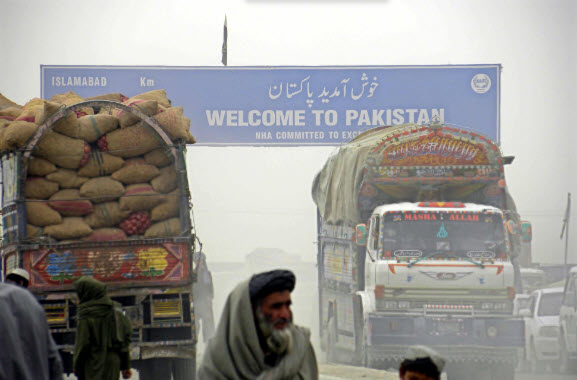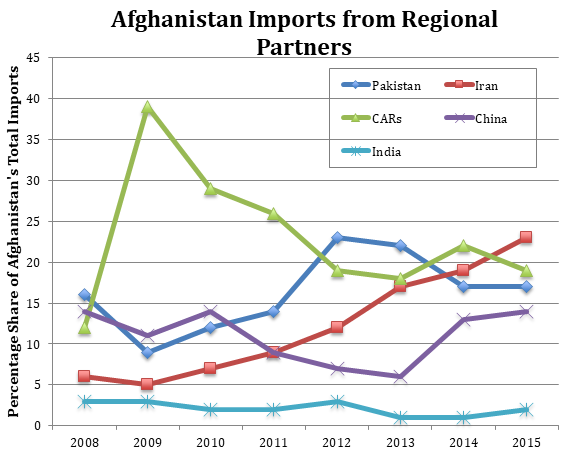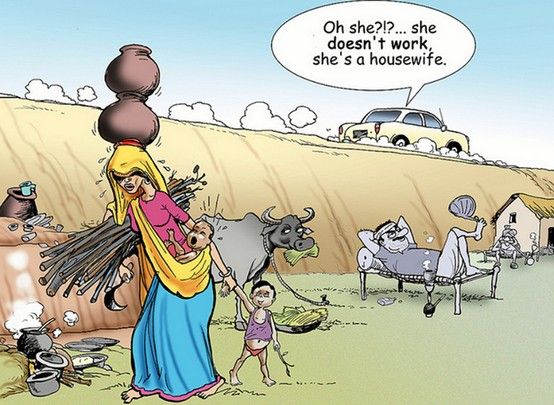With a population of 110 million, Punjab, the largest province of Pakistan, is bigger than most countries in the world and contributes more than half of the country’s GDP. However, despite its impressive growth ambitions, Punjab still has a rather primitive industrial base, dominated by textiles, leather goods and other labor-intensive sectors. While the government has shown considerable interest in establishing new industrial estates or providing infrastructure, it has, historically, shied away from more substantive issues, such as changing the legal and regulatory structure, and providing or withholding incentives to spur industrial expansion. Arguably, controversies and political issues surrounding approval or withdrawal of support and subsidies have remained the key culprit behind this inaction.
However, with CPEC’s growing expansion, there is a realization within the government to prepare for upcoming opportunities and risks. With opening up of borders and the development of a new economic corridor, CPEC is likely to offer both unprecedented opportunities to explore new markets and industries, and, at the same time, pose unforeseen risks to local industry. Some domestic businesses might join hands with Chinese counterparts and figure out new partnerships, while others may crumble due to increased competition.
While businesses need to prepare themselves for this upcoming change, there is also a need to have a consistent strategy on the part of the state to develop a coherent response. Such a strategy has to emanate from an industrial policy.
The idea of having an industrial policy is not new to Punjab. The Punjab Growth Strategy clearly identifies the role of the government as a facilitator of private sector-led industrial development. The strategy lays out the role for the Department of Industries, Commerce and Investment in achieving growth through formation of an industrial policy that gives strategic direction and coordinates the efforts of various arms of Government. The Punjab Growth Strategy also calls for providing relevant data and information on constraints faced by businesses, provision of infrastructure, ensuring provision of skilled labor and enforcing quality standards.
Commendably, Punjab has recently embarked on the process of developing an industrial policy for the province, after the government stumbled upon a number of decisions regarding industrial cooperation under CPEC and felt the need for deeper and more systematic deliberation over various early investment proposals. Hence CPEC provides an unprecedented opportunity to think through all these political issues and compensate for the inaction so far. The industrial policy should then inform various actions of the government regarding CPEC and beyond.
Foundation for Punjab’s Industrial Policy
What can be an appropriate framework to develop Punjab’s industrial policy? The future industrial policy can either be horizontal, aiming to cater to a broad range of firms across various sectors, or vertical, prioritizing selected industries as potential ‘winners’. In both cases, the Government of Punjab will need to ensure it opts for the right sector-specific considerations. For instance, the policy must cater to these priorities:
• Avoid a knee-jerk approach – This means focusing on existing industries, which are economically vital for Punjab, and ensuring that they continue to grow. Any sudden shift in policy is likely to lose steam quickly due to political economy reasons and may lead to inadvertent consequences.
• Build on strengths – While it is always exciting to have very ambitious goals, they should not be unrealistic. Therefore, the policy must concentrate on allied industries, where Punjab’s competitive advantage can be developed due to complementary capabilities, aiming at creating better forward and backward linkages.
• Have a clear driving thrust – Despite multiple competing priorities and wide-ranging actions, the policy must have an underlying thread. Innovation can in fact be such a link, providing a clear sight of the goalpost. Therefore, the policy must support industrial diversification, nurturing new industries and capabilities, leading towards industrial (and export) sophistication.
Underlying Principles
Addressing these priorities can be a good start, but are there any underlying principles that must be adhered to? While an industrial policy must be informed through rigorous, context-specific diagnostics, economists do agree on some broad principles that can form the basis of a sound industrial policy. For instance, industrial policies should be targeted, even the horizontal ones, with well-defined objectives aiming to enhance productivity or innovation. Furthermore, any government intervention or support must only be provided to address a market failure such as coordination failures, information gaps and spillovers, etc. and must be provided for a limited period of time, with predetermined sunset clauses. This also means the need for having a sound exit strategy. Industrial policy interventions should always have clear performance benchmarks, which can help track their efficacy. Moreover, across-the-board fully funded subsidies should be avoided and instead substituted by interventions with contributions from private sector.
Policy Levers
Lastly, given the wide mandate of Pakistan’s federal government in areas of tariffs, taxes and duties, the provincial government must be cognizant of the limited choice of policy levers available to it to facilitate businesses and incentivize investments. Some of these levers include tax incentives to the extent of provincial taxes, such as Sales Tax on Services, Urban Immovable Property Tax, Stamp Duty, Professional Tax, etc.; providing industrial parks and export promotion zones or other forms of land leases; subsidizing skills development interventions; business facilitation and investment promotion; and regulatory reforms to have business friendly compliance regimes. Additionally, the government can also think of more innovative means such as putting in place challenge funds to address market failures or introducing venture funds, development funds, guarantees or special purpose vehicles to subsidize high risk finance. The provincial government should also not ignore the federal regulatory space and can assume a strong advocacy role to drive any desired changes at that level.
While the provincial government is in the process of developing an industrial policy, it must realize that any policy, no matter how robust it is, will only be as good as government’s implementation capability. Therefore, there is an urgent need to fix the relevant institutions and develop adequate capacity, which can make use of the policy framework and help lead Punjab towards greater industrialization.
Usman Naeem is a Country Economist at the International Growth Centre.
Hasaan Khawar is a senior international development and public policy professional and a CDPR fellow.










